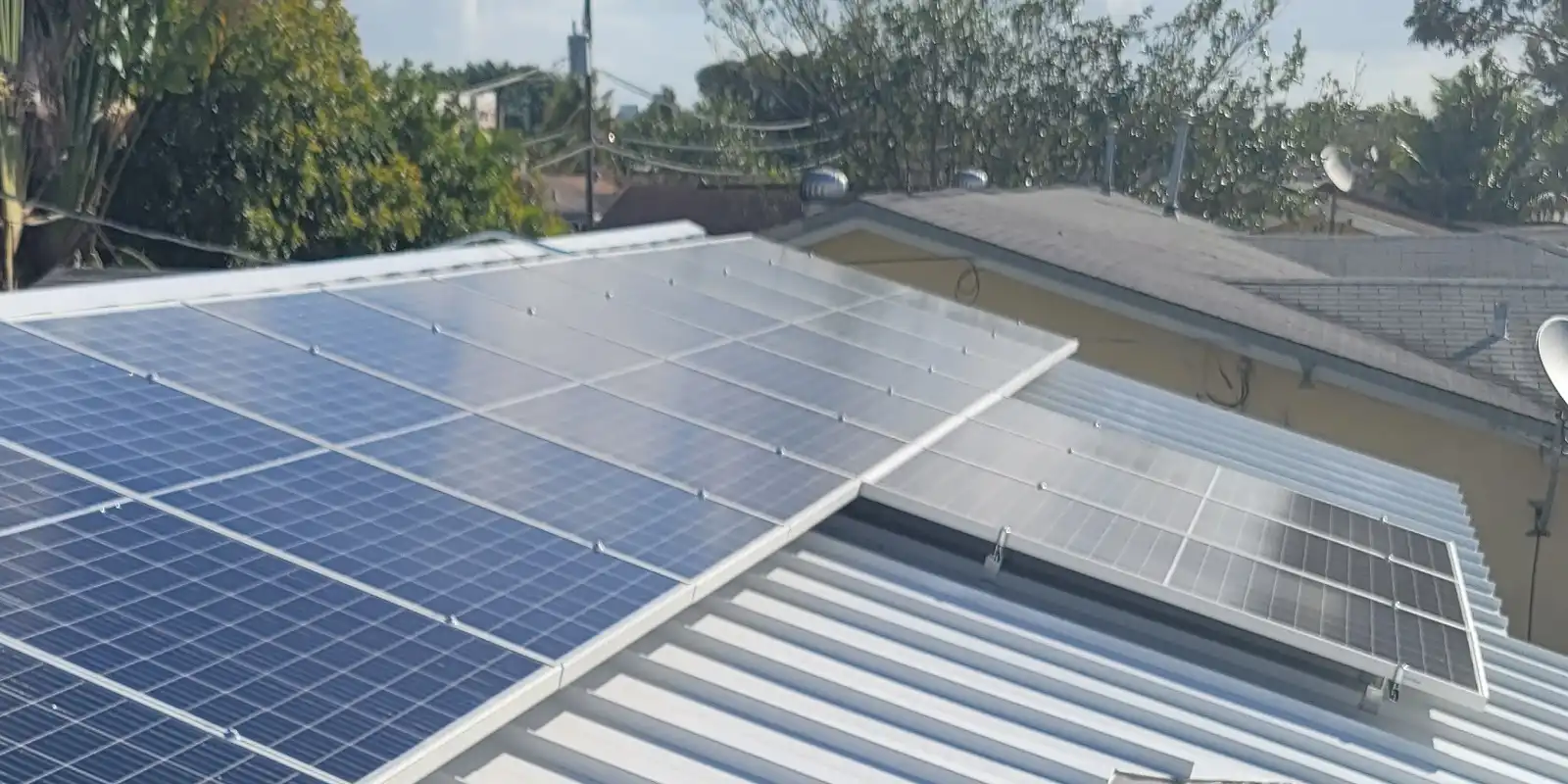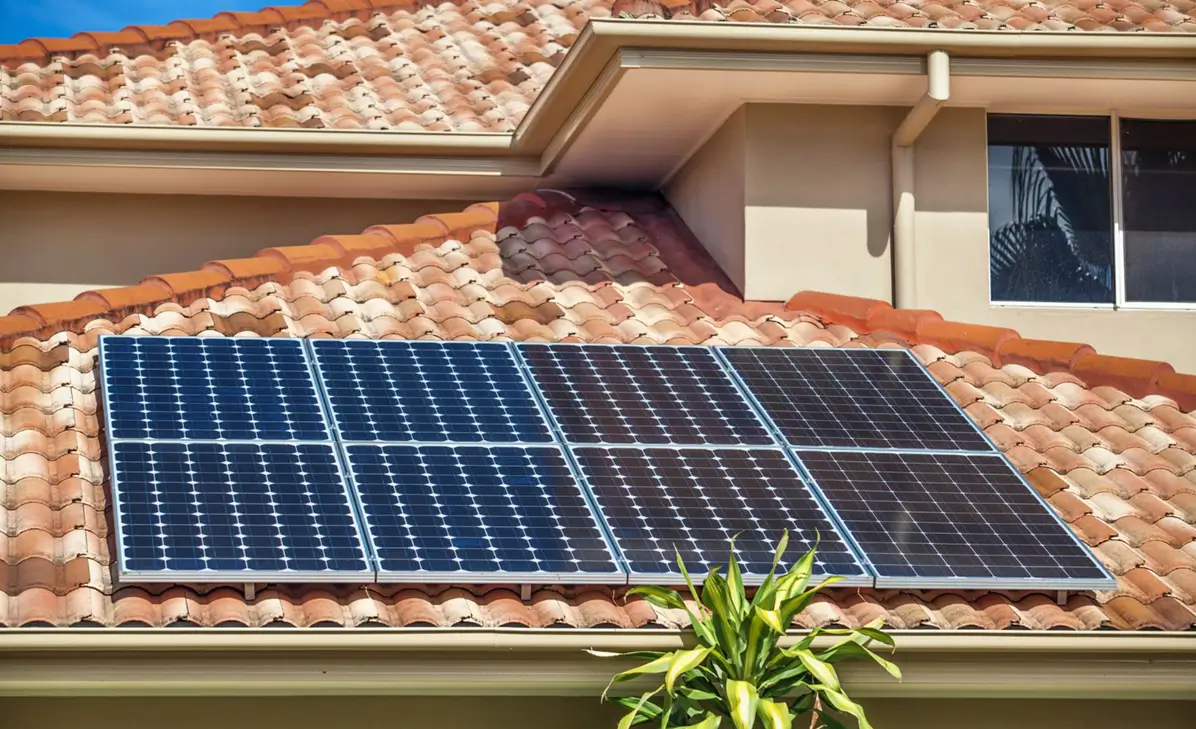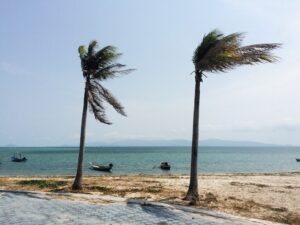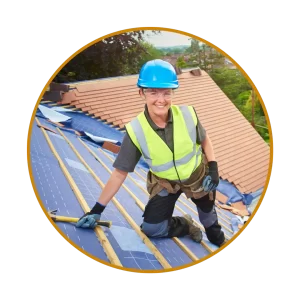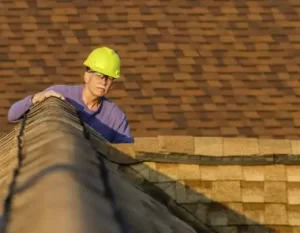Benefits Of Green Roofs
With rising energy costs and the threat of climate change, many people are choosing to utilize green roof designs for their homes. Green roofs not only reduce the amount of energy your home uses, but they also have a wide variety of ecological benefits.
Before getting into the benefits of a green roof, let’s talk about the types of green roofs you might consider.
What is a green roof?
A green roof is one that is covered – either wholly or partially – with vegetation. There are three types of green roofs.
Intensive – These roof types can support trees, shrubs, and even benches. They require complex structural support and irrigation.
Extensive – Roofs that are covered by hearty native ground covers such as grass, thyme, and sedums. This type of green roof is the best for homes and small buildings since they are lightweight, have fewer startup costs, and are much easier to maintain than the intensive green roofs
Semi-Intensive – Combination of semi-intensive and extensive roof types
What are the environmental and economic benefits?
1. Lower heating and cooling costs.
In the summertime, the vegetation on the roof absorbs the light and heat from the sun, keeping the roof cool. When the temperature of the roof is reduced, so is the temperature of the building interior. A green roof acts as insulation in the wintertime, keeping more heat in than a standard roof. According to the National Park Service, over its estimated lifespan of 40 years, a green roof would save about $200,000, of which nearly two–thirds would come from reduced energy costs.
2. Extended roof life.
Since the plants sit on top of the roofing materials, they act as a barrier, protecting the roof from direct ultraviolet radiation, wind, hail, and extreme temperatures.
3. Improve property values and marketability.
Many people are ‘going green’ in the hopes of reducing their own carbon footprint and lowering their energy costs. Being low maintenance, cost-effective, and eco-friendly, green roofs are a great selling point, especially in urban areas where green space is limited.
4. Reduces runoff and improves water quality.
Data collected from a study by researchers at the Pennsylvania State University Center for Green Roof Research shows that green roofs captured almost 60% more rainwater than a standard roof. Furthermore, the water that runs off a green roof is filtered through the vegetation, making it much cleaner. This potentially lessens the need for complex and expensive drainage systems and reduces the amount of pollution in our rivers, lakes, and oceans.
In some cases, a green roof can also eliminate the need for rain gutters. That’s one less thing to worry about cleaning and maintaining around the house.
5. Naturally absorbs carbon dioxide.
With growing deforestation and urban expansion, there are fewer plants naturally available to absorb the growing emissions of carbon dioxide. Green roofs can provide much-needed vegetation in urban areas that need it the most.
Scientists at Michigan State University found that replacing traditional roofing materials with green roofs in an urban area the size of Detroit, with a population of about one million, would capture more than 55,000 tons of carbon. That is roughly similar to eliminating a year’s worth of carbon dioxide emitted by 10,000 midsize SUVs and trucks.
Ready to design a new home, or renovate an existing home? Consider a green room in your design and achieve a return on your investment through energy savings and extended roof life. You’ll also help to slow climate change, reduce the amount of stormwater runoff and improve the water quality of rivers, lakes, and streams. As you invest in your home, make a long-term investment in a green roof. If you have any questions, don’t hesitate to call Planet Roofing at 954-600-1462 or visit our website.

